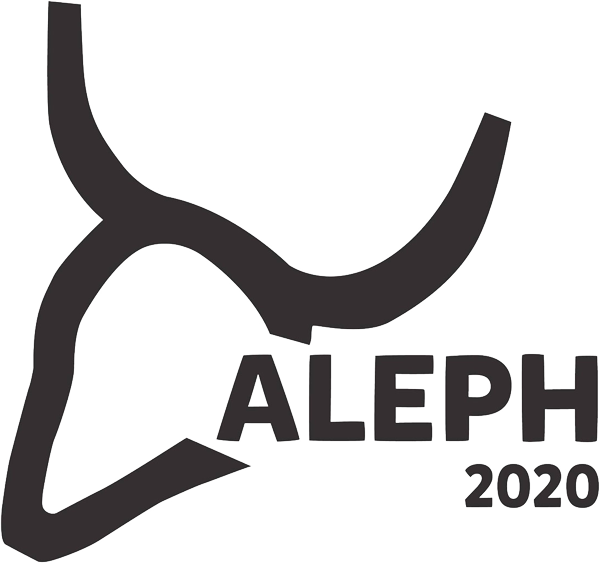Even if animal source foods (ASF) have regained prominence in the West since the industrial transition, it would be erroneous to state that (1) their consumption is historically peaking and that they are, thus, (2) responsible for a health crisis. The fallacy relies on (1) the dismissal of the fact that much higher shares of ASF can sometimes be found in healthy non-Western populations [e.g., most hunter-gatherer communities; see elsewhere] and (2) on the hasty assumption that ASF are root causes of ill heath because they are part of the Western diet [rather than basing such assumptions on their intrinsic health properties; see elsewhere].
About 30% of all calories are animal-based
In contrast to common belief, the contribution of ASF to the caloric intake of Western diets [now about 30% in the US and EU; Tukker et al.. 2011; Rehkamp 2016; Westhoek et al. 2016] is lower than for most pre-agricultural diets [65% on average but somewhat lower at 40-50% in plant-abundant regions; see elsewhere]. In other words, the share of ASF in the diets of high-income countries is currently considerably below the one that typified ancestral diets for the vast majority of human existence on earth, during the Pleistocene era. This is particularly the case for the consumption of red meat, as will be discussed below, combined with the fact that the food gap has now largely been filled in by refined grains, sugars, plant-derived oils, and ultra-processed foods. Put differently, a mismatch has been created between with what is eaten today and what should be considered as human evolutionary diets, in their many variations. This is not trivial, as the human body has adjusted itself metabolically to such diets over a period of a few million years [see elsewhere]. Whether or not such mismatch is also causally problematic for poor health is a topic of debate [see elsewhere].
About 60% of all protein is animal-based
For protein, current per capita consumption in the EU has been estimated at about 85 g/d, of which ASF provide 50 g/d, which equals to about 60% [Westhoek et al. 2016]. Most of this animal protein is coming from meat (25 g/d) and dairy (20 g/d), followed by eggs, fish, and seafood (5 g/d). In general, for most high-income countries, the contribution of animal protein to total protein intake is situated between 50-70% [Drewnoswki 2024]. Protein contribution to caloric intake tends to be higher on average for meat eaters [18% of kcal] than for meat avoiders [11-15%] [Mariotti & Gardner 2019]. In evolutionary diets, the magnitude of protein contribution to calorie intake was likely 10-35% [Kuipers et al. 2010; see elsewhere]. The lower to mid end of this spectrum is not necessarily much different to current percentages, but within that share the ratio animal:plant protein has considerably declined.
Consumption of (red) meat
Today's meat consumption is often overestimated, depending on the calculation method used. In Italy, real intake is about 40 kg/p/y whereas the FAO reports 85 kg/p/y, which is based on carcass equivalent weight [Russo et al. 2016]. A similar ratio is found in France, with about 50 kg/p/y [Crédoc 2018], far below the 85 kg/p/y based on carcass equivalent weight [FranceAgriMer 2021]. In the US, per capita red meat consumption is estimated at 70 kg/p/y, plus 50 kg poultry, using carcass equivalent weight [World in Data 2017], but according to NHANES data, beef consumption by Americans aged 2 years and older averages 15 kg/p/y (42 g/p/d), of which fresh lean beef constitutes 12 kg/p/y (33 g/p/d), being below the upper limit set by US health recommendations [Lau et al. 2023]. Similarly, in the EU-27, per capita consumption of red meat has been estimated at 31 kg/y (85 g/d), consisting of 8 kg/y (23 g/d) of beef and lamb and 23 kg/y (62 g/d) of pork. In addition, poultry contributes 12 kg/y (32 g/d) [Westhoek et al. 2016]. For the UK, an average real meat intake of 30 kg/p/y was reported, of which 9 kg/p/y of red meat, 10 kg/p/y of processed meats, and 13 kg/p/y of white meat [Stewart et al. 2021]. These amounts may be substantial, but at best comparable and likely below what was consumed ancestrally [estimated by some authors at levels of up to 300-400 kg for Pleistocene diets; see elsewhere]. In addition to meat, Europeans consume dairy, butter and animal fats, eggs, and fish/seafood at levels of 7-11%, 3-6%, 1-2%, and 1-2% of the total caloric intake [Westhoek et al. 2016].
Trends in (red) meat consumption
It is false to assume that meat consumption levels are systematically rising. Although true at global level, due to economic growth in low- and middle-income countries, high-income nations have witnessed a decrease in the intake of red meat over the last four decades. The loss of red meat is (somewhat) compensated, however, by an increased consumption of poultry, as is the case for the EU [Westhoek et al. 2016]. In the UK, between 2008-2019, average meat consumption has decreased with >15% and >35% for red meat specifically (while white meat has increased with 10%) [Stewart et al. 2021]. In addition to muscle meats, offal meats are also consumed. In some Western countries, such as Belgium (11 kg/p/y) and Australia (9 kg/p/y), this is still considerable, but in many others, such as the USA, Canada, and Denmark, intake levels have become negligible (<0.5 kg/p/y) [Font-i-Furnols 2023]. Dietary guidelines are pushing to restrict red meat intake further to 16-26 kg/p/y, with some even setting a red-meat target of 5 kg/p/y and suggesting a residual total meat intake of merely 0-16 kg/p/y, including poultry [see elsewhere]. Strikingly, however, the West's steady decrease in red meat intake is at odds with the rise of cardiometabolic disease, suggestive of a need to rethink the current dietary paradigm [Feinman 2014; see elsewhere].

